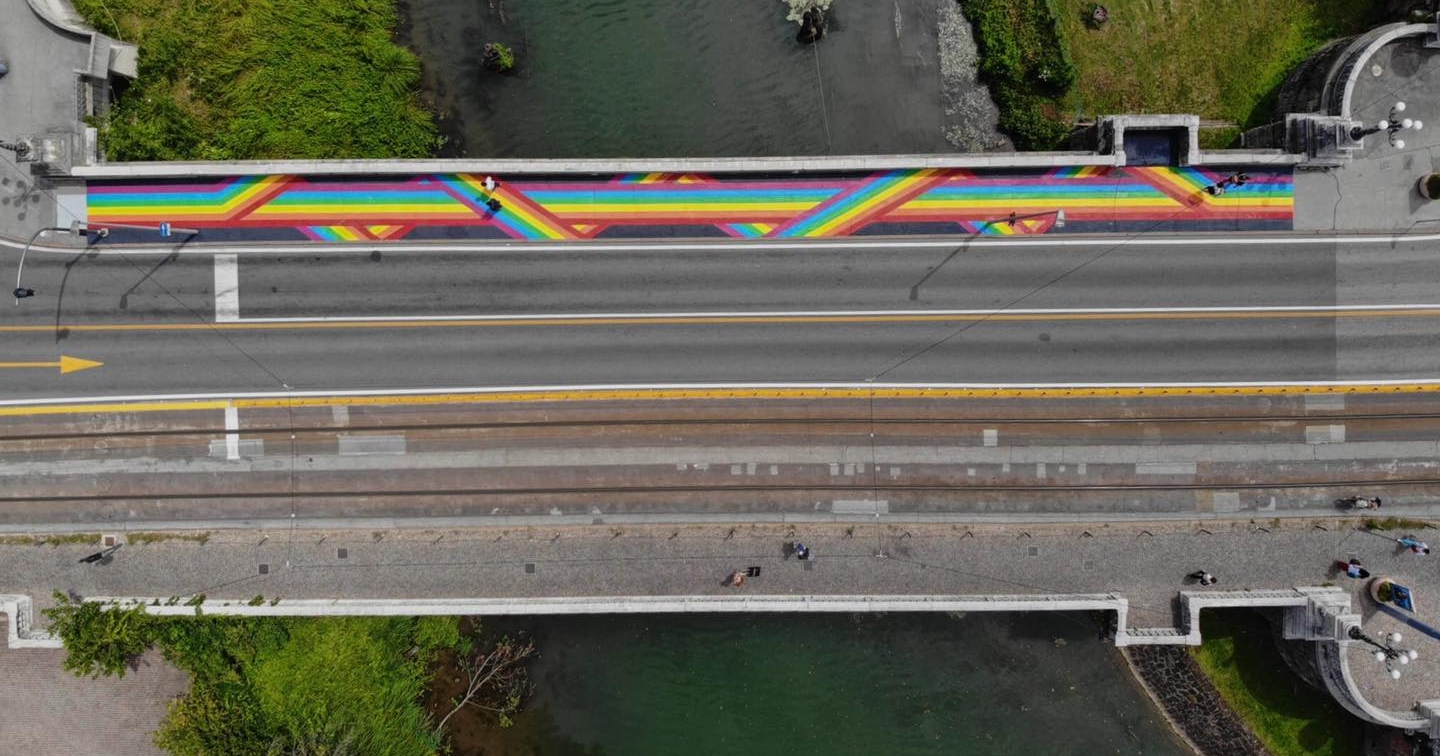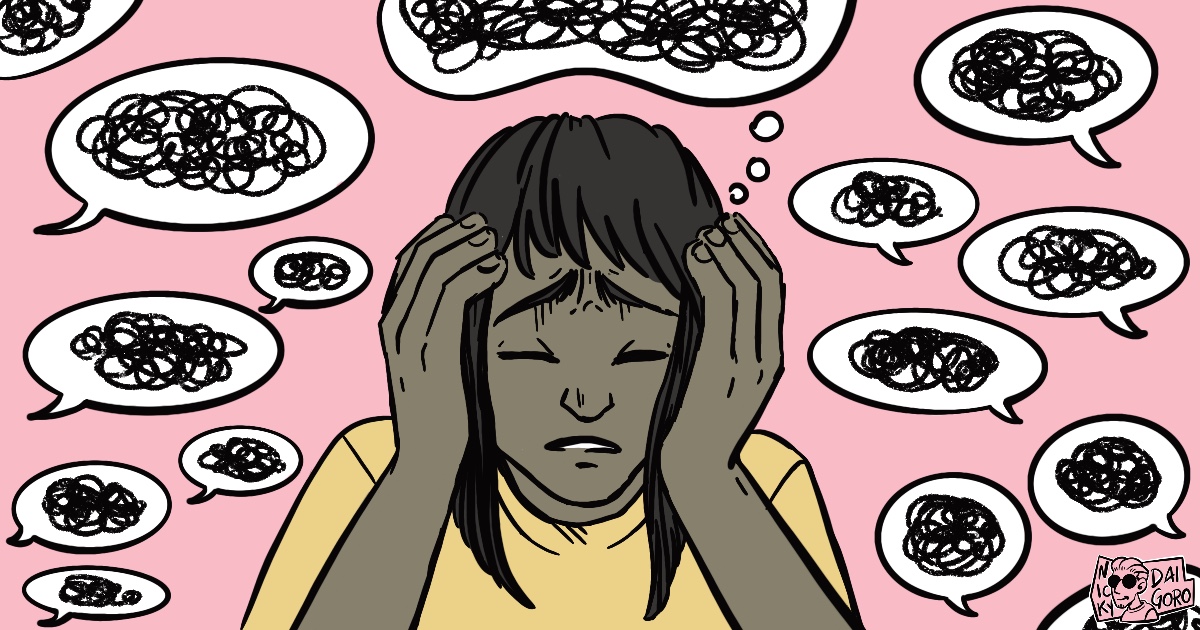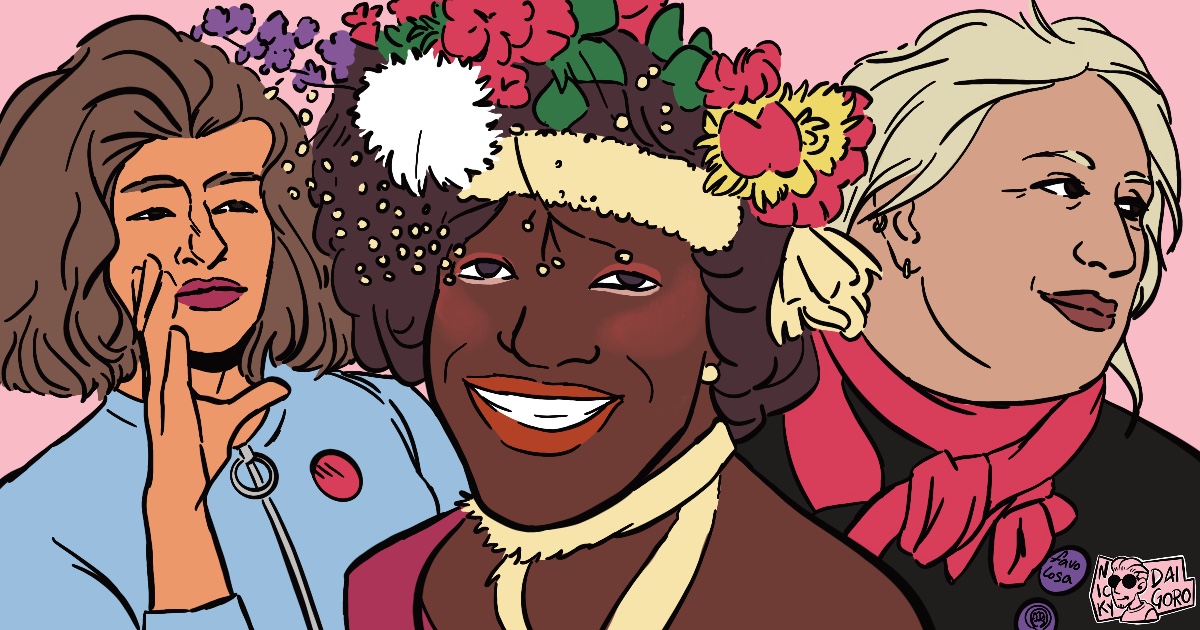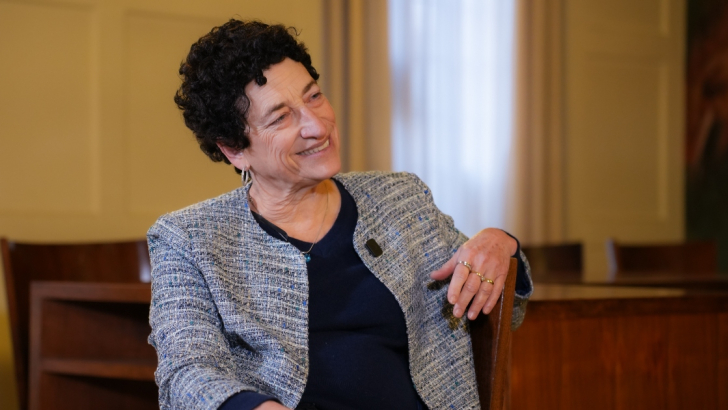Anatomy of transphobic violence: a narrative to deconstruct

In recent years, the public, scientific, political, and cultural debate on sexual identity has rapidly escalated. These topics are approached with extreme variability: sometimes with depth, empathy, and professionalism, and at other times with superficiality, ideological positions, and little respect. The lesbian, gay, bisexual, transgender, queer, intersex, and asexual (LGBTQIA+) community still experiences a high rate of violence and discrimination in too many settings, targeting individuals based on their sexual orientation, gender identity, and gender expression. Such negative attitudes towards the LGBTQIA+ community, stemming from non-adherence to cultural norms based on gender assigned at birth (and from a binary gender perspective), can lead to violent discriminatory behaviors. Transphobic violence is a form of violence that has been recognized and affects transgender and gender diverse (TGD) individuals; it is continuous over time and can poison multiple levels and contexts, such as family, peer groups, schools, workplaces, and institutions, which for some may be physical spaces (both public and private) where violence manifests. Sociocultural factors, along with the weaknesses of the state of law, can facilitate, complicate, and increase instances of violence.
The World Health Organization has long established a framework for adopting laws and policies for the effective protection of TGD individuals from transphobic discrimination, exclusion, violence, and stigma. This positioningenforces the recognition of human rights and self-determination, aligning with the fight for the depathologization of transgender identities, that is, the removal of any treatment of transgender and non-binary identities as medical conditions or diseases to be corrected. Over time, medical and psychiatric communities have used a variety of pathologizing terms to refer to TGD individuals, with severe and profound consequences on their access to and the quality of health, education, professional careers, and so on.

Illustrazione sono di Nicky Daigoro
Negative attitudes towards the LGBTQIA+ community also commonly manifest through physical abuse. This can take the form of kicking, shoving, punching, beating, and other brutalities, such as throwing stones and liquids, often linked to threats of physical violence. In its most extreme form, hate crimes represent a criminal offense committed with a motive of prejudice. The element of prejudice differentiates hate crimes from ordinary crimes; the perpetrator intentionally chooses the victim based on some protected characteristic, in the case of transphobic hate crimes: a transgender or gender diverse person. Analysis of hate crimes demonstrates that hate crimes operate within a sociopolitical environment where hostile reactions to otherness are conditioned and shaped by power associated with structure and agency. Consequently, violence is resorted to when there is a perceived threat to social hierarchy. The attack disempowers the victim perceived and constructed as "abnormal and deviant," and the violence acts to demonstrate a commitment to reestablishing a cis-heteronormative norm. As we read in the previous article, the language and modality used to describe these crimes also has an effect on legitimizing gender-based violence. To prevent transphobic violence, as a form of gender violence, education about differences, affection, and sexuality is recognized as an effective and transformative strategy. Studies also show that from an early age, the support of parents and other family members, as TGD individuals begin to question gender norms, becomes essential for their self-esteem and overall well-being. However, when episode of transphobic violence occurs, what sustains a person's well-being is the trust in a careful and confidential intervention by the immediate context and institutions. The history of the transgender community is complex and has experienced periods of visibility contrasted with periods of total repression. Keeping the memory of persecutions and oppressions alive is important because centuries of repression of otherness based on categories of right and wrong have legitimized violence and abuse. It is not about being tolerant: "I accept you as long as you hide," but about supporting a process of flourishing and expression, finding the courage to look, which means to watch over, so that by collectively taking charge of the history of the transgender community, we find ways to be allies.
Marina Miscioscia is an associate professor in the Department of Developmental and Socialization Psychology. She focuses on mental health and psychopathology in developmental age, parenting and psychosocial well-being of gender and sexual minorities. Her research particularly centers on gender affirmation pathways for Transgender and Gender Diverse people. She works in agreement with the University Hospital of Padova at the UOC of Child Neuropsychiatry and the Regional Center of Gender Incongruence. Marina Bonato is a doctoral candidate in Brain Mind Computer Science within the Department of General Psychology. She focuses on developing technologies to support the gender affirmation pathways for Transgender and Gender Diverse people. Her doctoral project is in collaboration with the UOC of Andrology and Reproductive Medicine and the Regional Center of Gender Incongruence at the University Hospital of Padova. Nicky Daigoro is an independent cartoonist and illustrator who graduated from the International School of Comics in the summer of 2018. Since 2019, he has been creating autobiographical and self-deprecating self-published works. His publication "Daigoro as I was (re)born” explores the initial steps of his own gender affirmation path. With his illustrations and stories he aims to highlight and give visibility to the LGBTQ+ community, focusing on informing and raising awareness.

Illustrazione sono di Nicky Daigoro









